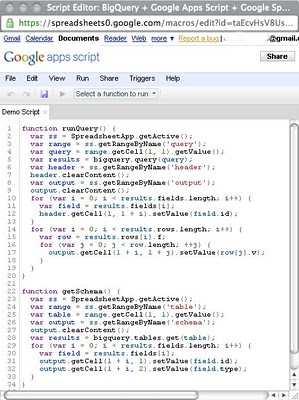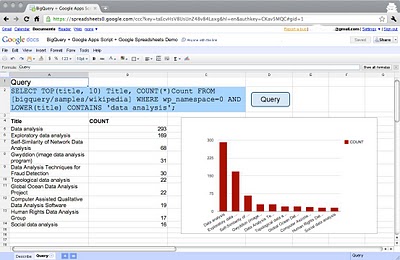At Google, we value quality, effective developer products. APIs are something we develop and release often. In support of this, we offer many APIs in our Labs program that allows our users to test APIs in an experimental setting.
After more than two years in service, we have made the decision to deprecate the Table and Record feeds of the Google Spreadsheets API. Having thoroughly tested these feeds and received lots of your feedback, we feel that the functionality provided by these feeds is something much better satisfied by the List and Cell feeds in the API.
Our deprecation plan for these APIs will keep these feeds in service for an additional year from today’s date.
If you are a current user of the Table and Record feeds, we highly recommend that you take the time to migrate over to the List and Cell feeds. Since the List feed works very similarly to the Records feed, this should be a smooth process.
As always, if you have any questions, feel free to use the Spreadsheets API forum.

